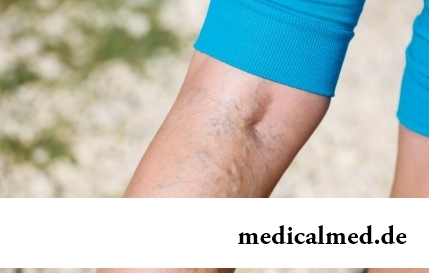





Patella
Patella structure
The patella is the largest sesamoid of a skeleton of the person. It is located in the thickness of a kvadritsepsabedr, is well palpated through skin, easily displaced at the unbent knee. The upper edge of a patella has rounded shape, is called the patella basis. The patella top (its bottom edge) has slightly extended form. The front surface of this bone is rough, in it there are openings for blood vessels, and also the place of an attachment of a sinew of a direct muscle of a hip is located. On the back (joint) surface of a patella allocate two unequal parts limited to vertically located comb: smaller – a medial part, big – lateral. These areas are covered with a joint cartilage. The lateral joint surface is jointed with an outside condyle of a hip, medial – with an entocondyle. Some more medialny the area at full extension of a knee adjoining to a femur entocondyle is located. The thick layer of a joint cartilage considerably improves congruence of the adjoining surfaces, and also reduces compression loads of a knee joint. At newborns the patella has cartilaginous structure. The center of ossification of a patella appears approximately in 2-4 years.
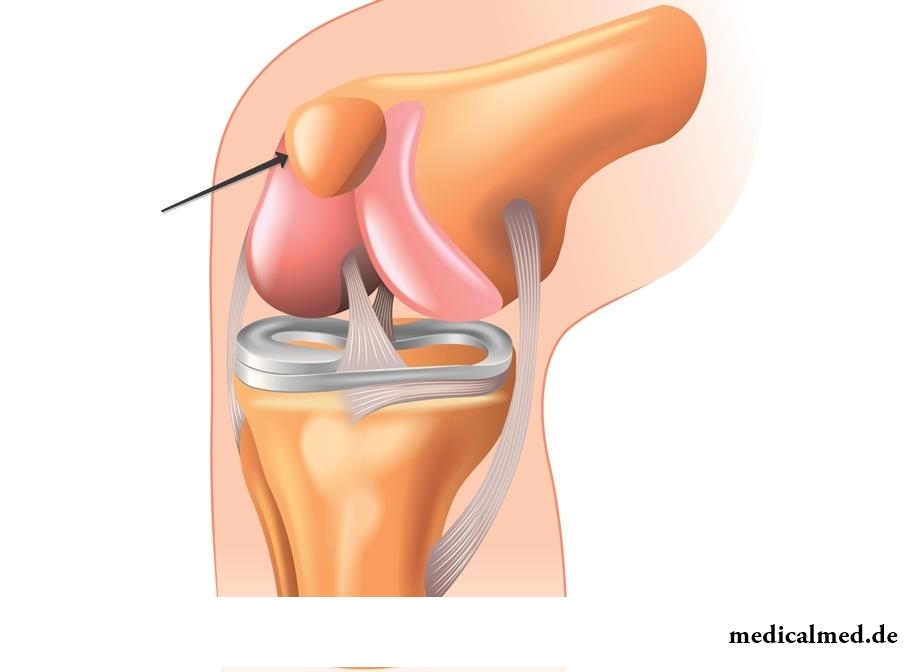
The patella is a rotation center. It provides overall performance with the four-head of a muscle of a hip by transfer of load of area of a knee joint. Load of a patella is distributed very difficult and consists both in stretching, and in compression with the minimum friction. The structure of this bone reflects a ratio of forces which are constantly influencing it.
Patella ligament
The ligament of a patella originates from a patella top, is attached to tuberosity of a tibial bone. It provides distribution of the stretching loadings influencing a knee joint. Fibers of this sheaf begin enough far apart in the field of the back and lower surface of a patella. Near the place of an attachment also a tenofibris of a direct muscle of a hip joins them. 85% of dry matter of a ligament of patella are made by collagen.
Patella shift
The patella ties muscles of a shin and the front surface of a hip. Normal it densely keeps on the place. At disturbances of a structure of a patellar surface (flattening, a roughness) this bone can slide off it, at the same time there is a patella shift: incomplete dislocation or dislocation.
Patella dislocation
Dislocation of a patella is option of its instability. Dislocation of a patella can be caused by many factors, but at a pathogeny there is always stretching of the outside sheaf supporting a patella and also an atrophy of muscles and an abnormal shape of legs (A x-shaped curvature, overextension). The main signs of such shift of a patella are pain and feeling of instability in the field of a knee joint in front, in the anamnesis the injury (damage of a knee joint) or an operative measure on a knee joint with mobilization of the outer edge of a patella takes place. On the roentgenogram at this pathology characteristic symptoms of dislocation of a patella are found. Treatment more often conservative, consisting in stabilization of a patella. Orthoses or bandages are for this purpose used. At preservation of symptoms which break function of an extremity an operative measure is necessary.
Patella fracture
The fracture of a patella is quite frequent injury. It arises usually when falling on the bent knee. Less often the fracture of a patella occurs at direct stroke to this bone, is extremely rare – at strong draft of a sinew. Symptoms of such injury are the pain amplifying at the movement by the lower extremity, hypostasis, impossibility to unbend, and also to raise the straightened leg, deformation. Treatment of a fracture of patella depends on the nature of the fracture, and also existence of shift of fragments. Conservative treatment is possible at stable changes without shift. In other cases an operative measure is required.
Was considered earlier that yawning enriches an organism with oxygen. However this opinion was disproved. Scientists proved that yawning, the person cools a brain and improves its working capacity.

The state of health of the person depends on many factors. One of the most important is the constant but which is not exhausting, motive...
Section: Articles about health
Urogenital candidiasis (milkwoman) – a fungal infection which annoys unpleasant feelings in the field of generative organs, being followed by white curdled allocations, an itch, discomfort during an urination, pain. She is called by Candida fungus – a mustache...
Section: Articles about health
Not everyone can brag of the shining Hollywood smile. Even the person who is regularly visiting the stomatologist and watching of oral cavities over health periodically has problems: enamel of teeth darkens under the influence of some products, on it the deposits giving to teeth a grayish or yellowish shade collect....
Section: Articles about health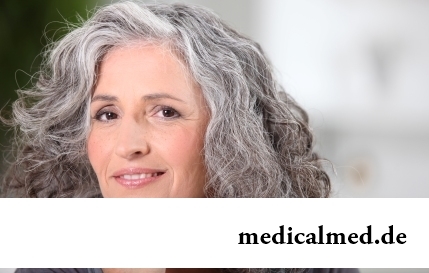
Sooner or later hair turn gray at all. Many people try to hide these changes, returning natural color of the hair with the help about...
Section: Articles about health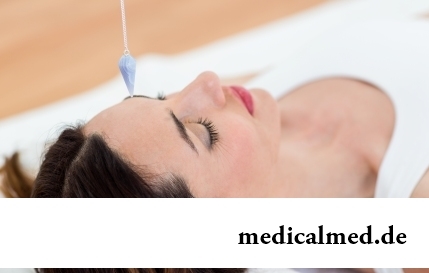
Practice of hypnotic impact on consciousness of the person contains about two millennia. During this time scientists managed to learn a lot of things about a phenomenon of hypnosis and learned to facilitate a condition of the patients having heavy illnesses with its help....
Section: Articles about health
Each person supports all life a SARS about 200 times. The peak of incidence falls on cold season, but it is possible to get sick with a temperature and a pharyngalgia, and sometimes and very possibly, even during a heat. The reasons for development of catarrhal diseases there is a set: from the weakened immunity till an excess portion of ice cream....
Section: Articles about health
The climax, or menopause is the normal process of the termination of genital function of the woman which is followed serious hormonal...
Section: Articles about health
On health of the person physicians know about salutary action of animals long ago. About 7 thousand years ago great Hippocrates recommended to the patients riding walks for strengthening of a nervous system and increase in vitality....
Section: Articles about health
Statistically, in Russia about 34% of citizens smoke. Most of consumers of tobacco has problems with health sooner or later. Not only smokers, but also their relatives suffer. Besides, cigarettes are expensive, and need of their acquisition goes a heavy burden on the budget of thousands of Russian families. Many people dream to refuse harmful tendency, but everyone manages to make it not: nicotine addiction is affectionate and to get rid of it not easy....
Section: Articles about health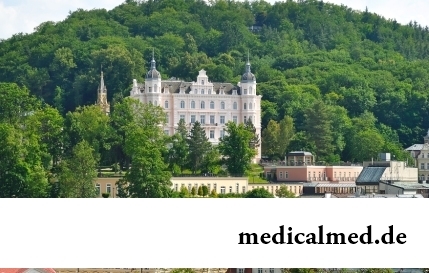
People know that thermal sources have salutary force long ago. Treatment by natural waters is one and...
Section: Articles about health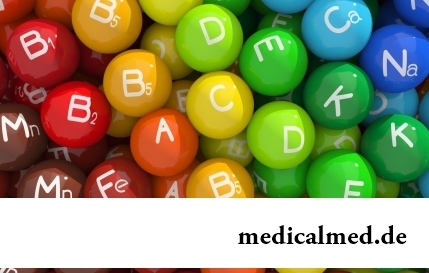
Vitamin complexes belong to the most popular drugs, probably, in our country there is no person who was not hearing about advantage of vitamins and never their accepting. The more vitamins, the better, we consider and as it appeared, cruelly we are mistaken. So l...
Section: Articles about health
Quite large number of people adheres to the principles of vegetarian food. But how to be if in a family of vegetarians there are children? Whether it is possible to eat also it the same as to parents, or after all the children's organism is not adapted for the use of exclusively vegetable food? Let's try to understand....
Section: Articles about health
All diseases from nerves – in this joke a big element of truth, are said by doctors. Constant stresses lead body to decrease in protective forces...
Section: Articles about health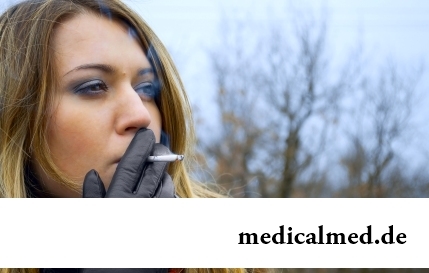
Dark circles (bruises) under eyes – a shortcoming with most of which often fight against the help of cosmetics (proofreaders, saloon procedures and so forth), eliminating only its visibility. However, according to doctors, skin around eyes – the indicator of many disturbances in an organism...
Section: Articles about health
The stroke is one of the most widespread diseases of the person, annually in the world about 6 million cases of this pathology are registered. According to medical statistics, strokes occur almost three times more often than myocardial infarctions. The disease belongs to heavy, and has an unfavourable result: the lethality reaches 40% among women and 25% among men. A considerable part of the patients who endured a stroke cannot be recovered completely. We suggest readers to examine...
Section: Articles about health
Zone hypostases under eyes - very widespread problem giving to people is a lot of inconvenience. Hypodermic fabric in these parts having...
Section: Articles about health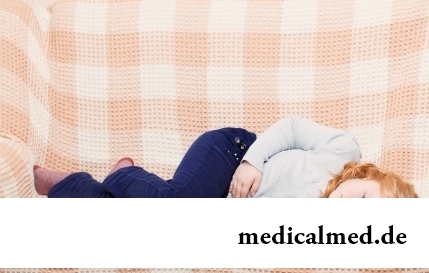
Epilepsy is one of widespread neurologic diseases. Parents, whose children suffer from this illness, should face rumors and delusions, many of which remained since the Middle Ages....
Section: Articles about health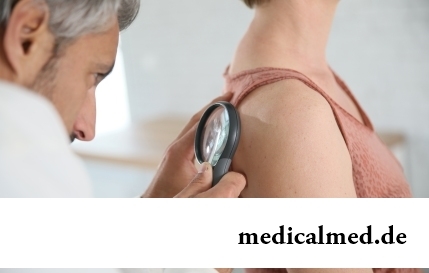
Scientists have no unambiguous opinion on a proximate cause of emergence of a carcinoma cutaneum today. Only the factors promoting development of this illness are precisely established. Treat them: long impact on skin of ultraviolet rays, radiation exposure, thermal injuries, injuries of skin by aggressive chemicals (pitches, acids, alkalis, etc.), genetic predisposition (existence of malignant new growths of skin in the family anamnesis), at...
Section: Articles about health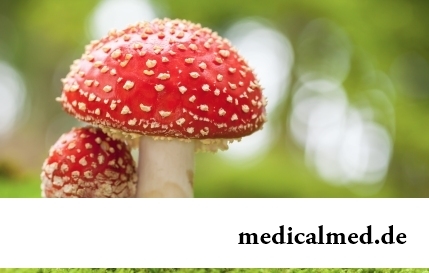
Mushrooms - the surprising inhabitants of our planet having a set of wonderful qualities. Thanks to one of them, a mold mushroom of Penici...
Section: Articles about health
One of the major chemical processes happening in a human body are oxidation reactions. They go with participation of fats and carbohydrates which we receive from food, and the oxygen getting to us from air. A main goal of such reactions is it is received...
Section: Articles about health
In consciousness of our many compatriots idea that folk remedies if are no more effective, than medicinal "chemistry" strongly took roots, then are precisely less harmful. Unfortunately, it is not always fair: some methods of treatment consecrated with "century national experience" can work so on the patient that it will need urgent intervention of physicians....
Section: Articles about health
Insufficiently strongly expressed sexual desire or lack of satisfaction from sexual contacts can test time from in...
Section: Articles about health
Use of medicinal plants in therapy is urgent today, more than ever. The drugs made of curative herbs cannot replace completely modern synthetic drugs, but their use becomes frequent serious help in simplification a leak...
Section: Articles about health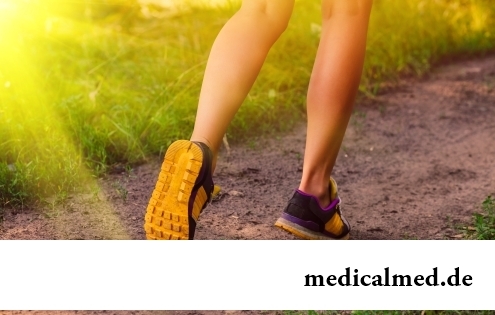
During foot walks blood moves on vessels more actively and one and all bodies are supplied with a large amount of oxygen. It affects the state of health of the person very positively....
Section: Slideshow
There comes the season of issues. Many Russians already dream of outdoor recreation, trips, beautiful seaside beaches....
Section: Articles about health
For anybody not a secret that our country is one of the most "drinking" in the world. At clear understanding that the use of hard alcoholic drinks – occupation extremely harmful, most of Russians belong to alcoholism with unjustified loyalty. These...
Section: Articles about health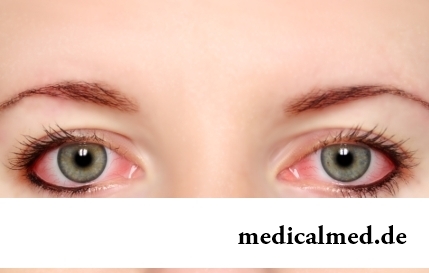
The sclera and mucous membrane of an eye are intensively supplied with blood vessels which problem - to saturate nervous tissues of body with nutrients and oxygen. In a normality vessels are almost not noticeable, however at their expansion (owing to thinning of walls) become visible, painting a sclera in red color. Quite often red eyes - the signal of any trouble in an organism caused as external irritants, allergens, and diseases which need in about...
Section: Articles about health
